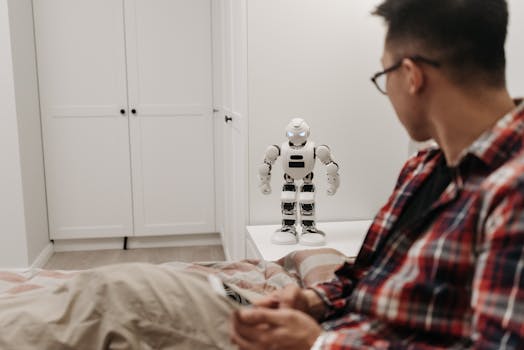
Smart Homes and Smart Living: The Technological Transformation of European Homes by 2025
Introduction to Smart Homes and Smart Living
Smart Homes and Smart Living: The Technological Transformation of European Homes by 2025 is revolutionizing the way we live and interact with our living spaces. With the integration of advanced technologies such as artificial intelligence, Internet of Things (IoT), and data analytics, European homes are becoming more efficient, convenient, and sustainable.
Key Features of Smart Homes
Some of the key features of smart homes include automated lighting and temperature control, voice-controlled assistants, and advanced security systems. These features not only enhance the comfort and convenience of living but also provide energy efficiency and cost savings.
Benefits of Smart Homes
The benefits of smart homes are numerous. They include increased energy efficiency, enhanced security, and improved convenience. Smart homes also provide a better quality of life for residents, particularly the elderly and disabled, by providing assistance with daily tasks and improving their overall well-being.
Challenges and Limitations
Despite the numerous benefits of smart homes, there are also challenges and limitations to their adoption. These include high upfront costs, concerns about data privacy and security, and the need for continuous maintenance and updates.
Future of Smart Homes in Europe
By 2025, it is expected that smart homes will become the norm in Europe, with millions of homes adopting smart technology. This will not only transform the way we live but also have a significant impact on the environment, economy, and society as a whole.
Conclusion
In conclusion, smart homes and smart living are the future of European homes. With their numerous benefits, including increased energy efficiency, enhanced security, and improved convenience, it is no wonder that they are becoming increasingly popular. As technology continues to advance, we can expect to see even more innovative features and applications in smart homes, transforming the way we live and interact with our living spaces.




